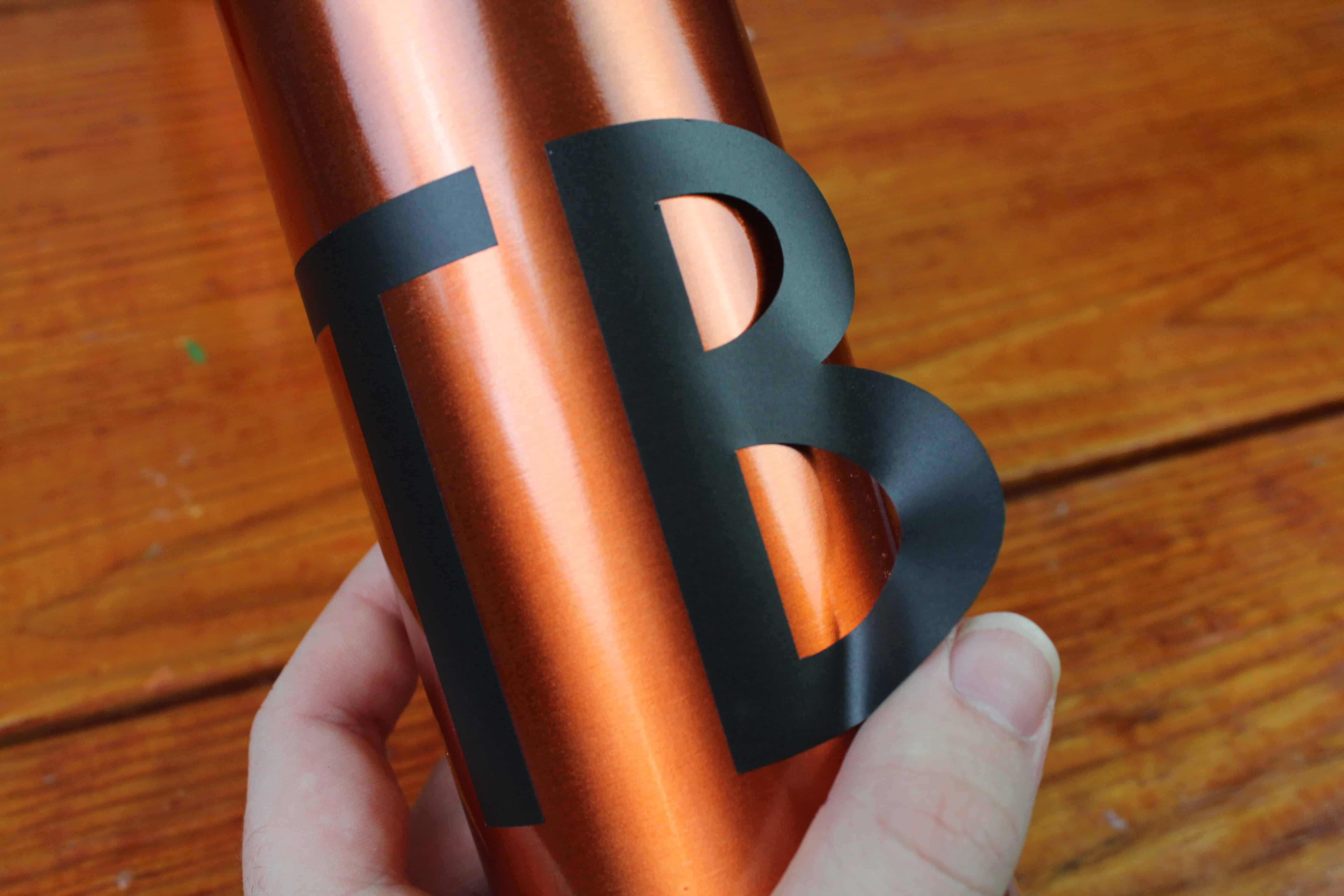
In my testing experience, a too-noisy machine usually goes hand-in-hand with a lack of cutting precision, and suggests that the cutting machine isn’t as well-engineered as it could be.
 Quiet hardware: A noisy, screeching machine is unpleasant to use, and can be especially annoying to family or roommates.
Quiet hardware: A noisy, screeching machine is unpleasant to use, and can be especially annoying to family or roommates. 
Also, although we don’t think speed is a huge factor for these machines unless you’re running a business, a blade that cuts quickly and cleanly might be more appealing if you’re making lots of items. And if changing the blades and using the pens isn’t easy, you may barely use the machine.
An easy-to-change blade system that cuts cleanly: If the machine can’t reliably cut through materials without nicking or bending them, or if it can’t accurately help you select a cutting depth, you’ll waste materials. A beginner should feel comfortable using the software and the machine right away. Setup should be quick, the software shouldn’t crash, and it should include a vast library of images (in the tens, or even hundreds, of thousands) and a couple hundred ready-to-cut projects. 
User-friendly, dependable software: Software is the biggest factor in what makes a good electronic cutting machine.







 0 kommentar(er)
0 kommentar(er)
